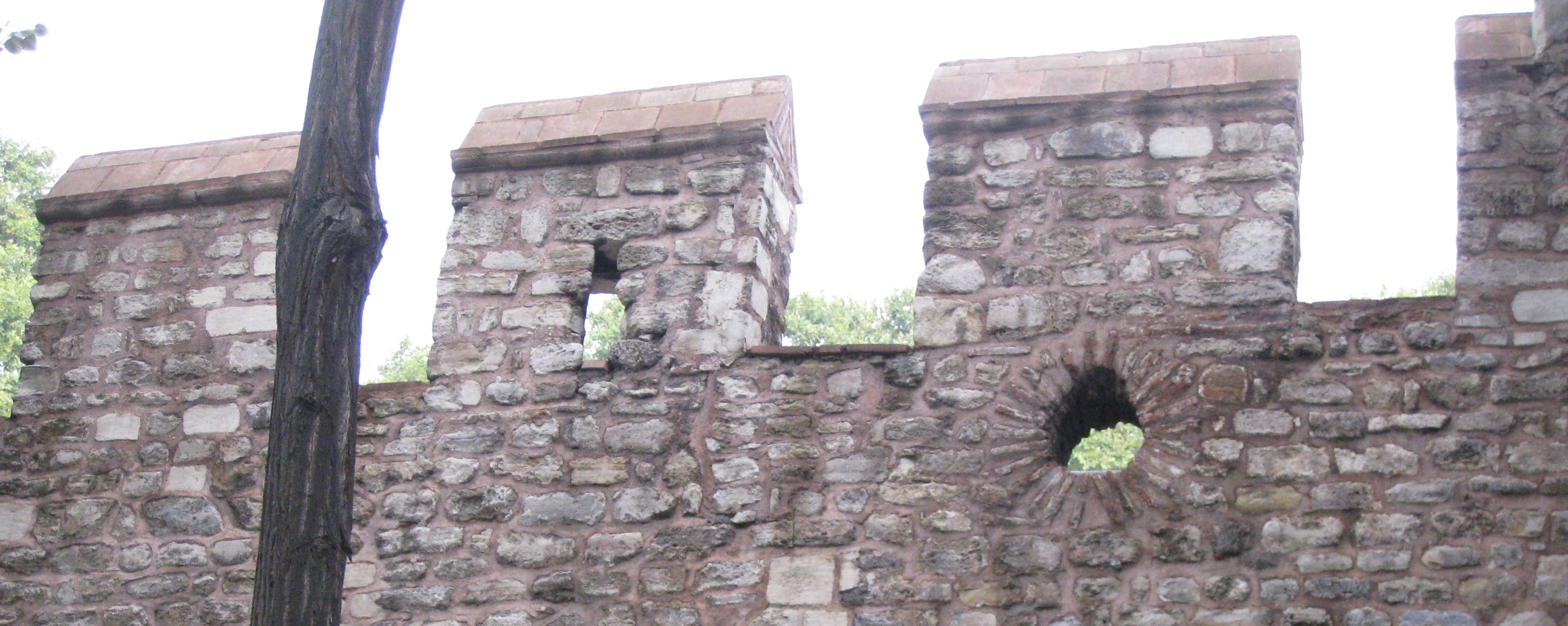Colliding Systems
Panel 11.1 in Arakawa and Gins' Mechanism of Meaning (1) urges us to "consider that any representation or system can be used as a map when paired with or plotted against an object or environment". An intervention into a familiar space might suggest new ways to map, divide, and rearrange its activities.
Borrowing from Max Black (2), Paul Ricoeur's book on metaphor (3) explores how new meanings arise when two articulated systems are made to cross. For example if Romeo says "Juliet is the sun" a whole net of associations with the sun now get applied to Juliet: she is bright, life giving, she illuminates the world and dispels the dark, she would be dangerous to approach nakedly, she could burn you if you came too close, and so on -- there is no end to the things that could be elaborated out from the central metaphor. Each shows new aspects; Romeo can understand his relation to Juliet more precisely by talking about something else metaphorically (4).
We could apply this insight to systems of spatial organization. Hand someone a map of Manhattan and one of Chicago. Tell them to put the maps together. The task seems impossible but might provide new insight as the user was forced to make metaphorical connections between Manhattan's rivers, street grid, parks, Broadway, with Chicago's lake, river, street grid, and diagonal avenues. New York's difficult address system maps onto Chicago's easy one. Manhattan's boundaries at the rivers could be mapped to Chicago's El tracks or tiny streams. Conversely, Chicago's expanse could challenge Manhattan's sense of itself as so distinct from Brooklyn and Queens.
Arakawa and Gins did something like this when they overlaid some of the wandering paths in their Yoro Park with maps of Tokyo and New York streets printed on the undulating surface.

Map of Manhattan avenues and streets overlaid on incised paths at Arakawa and Gins's Yoro park.
Arakawa and Gins design spaces and buildings that provide multiple and intersecting sets of horizons and orientations. Each pivots off the other; their purpose includes but goes beyond creating new meaning; they bring you to see the spaces as richer than they seem at first, and by creating uncertainty they want to force more precision in the ways you inhabit and move in that multiply structured space. This is not unlike the way metaphorical language in poetry can make us more sensitive and precise about the echoes and meaning systems around of ordinary words.
Arakawa and Gins are trying to cause bodily readjustments amid multiple systems of reference that cross each other to create new kinds of incarnated maps of daily activity. Once again, though, this can only be achieved if the bodily activity is real and not something contemplated from a distance, or something experimented with as a game in a safe and isolated environment like a museum or a display.
